A few weeks ago I was running on the promenade when I was absolutely stunned to see a U-boat (German submarine from WW2) just off shore.
Since then I’ve seen the U-boat regularly. It’s often surrounded by life rafts and often has stacks of people standing on the deck.
That was all too much for my notorious curiosity.
Short Answer
A two-part BBC drama called “The Sinking of the Laconia” is being shot in Cape Town at the moment. The ‘submarine’ I have been seeing is a prop constructed for the filming (see photo below).
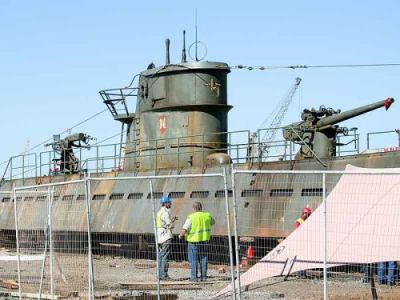
Long Answer
The movie is about the Laconia Incident which is a fascinating story from World War 2.
 On 12 September 1942 the armed troopship RMS Laconia was off the coast of West Africa. There were well over 2,000 people on board – mostly Italian prisoners of war.
On 12 September 1942 the armed troopship RMS Laconia was off the coast of West Africa. There were well over 2,000 people on board – mostly Italian prisoners of war.
At about 10PM the Laconia was spotted and torpedoed by the German submarine U-156 under the command of Werner Hartenstein.
The German crew surfaced and were amazed to find so many people in the water. Remarkably Hartenstein ordered a rescue operation and sent out the following message:
If any ship will assist the ship-wrecked ‘Laconia’-crew, I will not attack providing I am not being attacked by ship or air forces. I picked up 193 men. 4, 53 South, 11, 26 West. – German submarine.
Before long U-156 had rescued 400 survivors with 200 crammed onto the deck (see picture) and 200 being towed in life boats. Two other U-boats also turned up to help in the rescue operations.
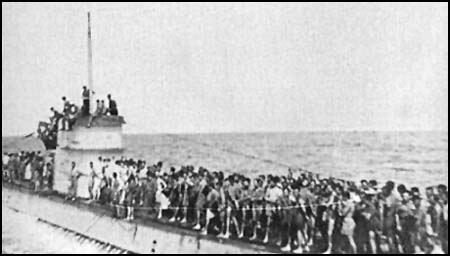
Soon all of the submarines were displaying red cross colors and transporting hundreds of survivors to safety.
In a remarkable twist an American B-24 bomber spotted U-156. Seeing the red cross flags and life boats the pilot radioed his base – a secret airfield on an island.
Fearing that the vital secret base would be discovered and attacked the base commander ordered the pilot to “sink submarine”!
In panic U-156 cut the life boats loose and dived leaving the survivors to fend for themselves. Fortunately due to earlier radio messages other rescue ships soon arrived and many were rescued.
As a result of this incident Dönitz, the chief of the German navy, understandably ordered that U-boats should no longer rescue survivors of attacks.
After the war Dönitz was convicted of war crimes for this order even though the American navy made the same rule in the Pacific ocean!
 Hartenstein (pictured alongside) and the rest of the U-156 crew were killed the next year when they were sunk by another American warplane (this time a Catalina).
Hartenstein (pictured alongside) and the rest of the U-156 crew were killed the next year when they were sunk by another American warplane (this time a Catalina).
 If I were to pick a single article from each week’s Economist it would be the obituary. The last article in each edition, I often find
If I were to pick a single article from each week’s Economist it would be the obituary. The last article in each edition, I often find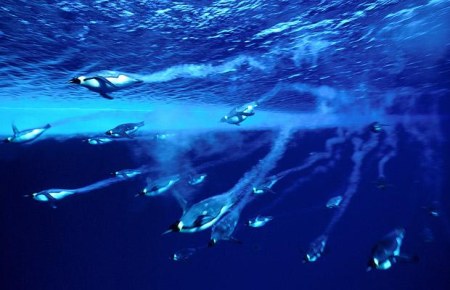
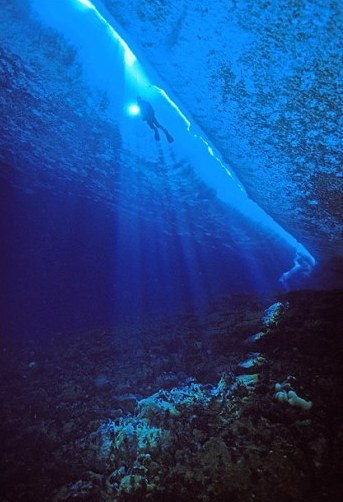
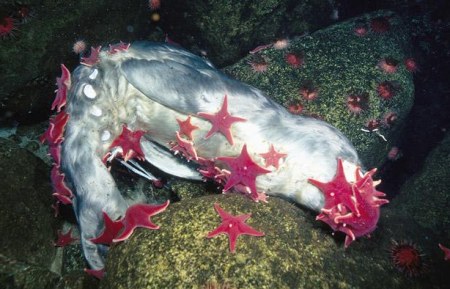
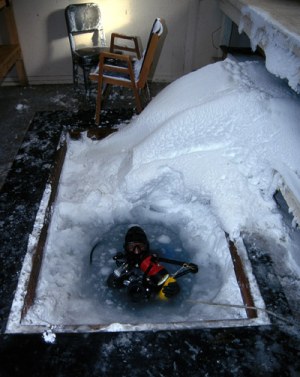
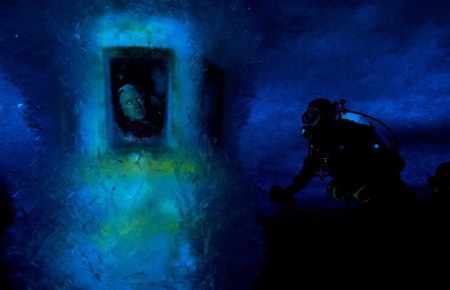



 On 12 September 1942 the armed troopship RMS Laconia was off the coast of West Africa. There were well over 2,000 people on board – mostly Italian prisoners of war.
On 12 September 1942 the armed troopship RMS Laconia was off the coast of West Africa. There were well over 2,000 people on board – mostly Italian prisoners of war.
 Hartenstein (pictured alongside) and the rest of the U-156 crew were killed the next year when they were sunk by another American warplane (this time a Catalina).
Hartenstein (pictured alongside) and the rest of the U-156 crew were killed the next year when they were sunk by another American warplane (this time a Catalina). Guy Fawkes (1570 to 1606)
Guy Fawkes (1570 to 1606) He was tortured for information but over 3-4 days gave almost no useful information. Here is his signature on the confession.
He was tortured for information but over 3-4 days gave almost no useful information. Here is his signature on the confession.